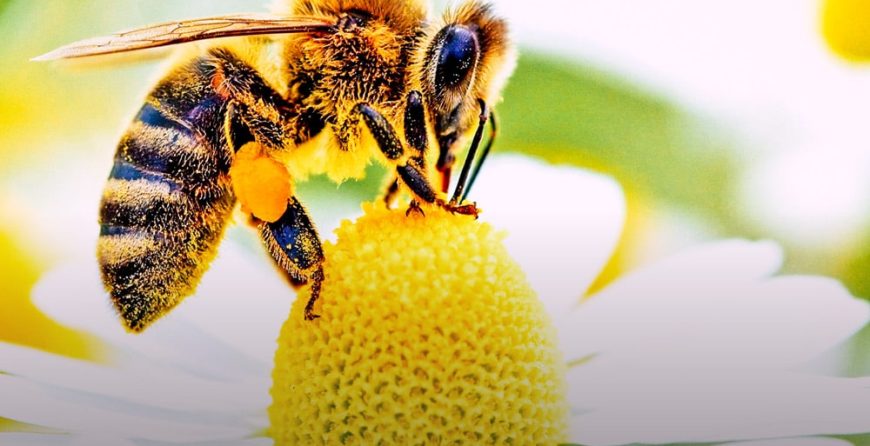 Most gardening enthusiasts focus on crop and butterfly gardening. Rarely do gardeners invest in bee farming yet it is a profitable and satisfying venture. You not only enjoy natural honey but the bees also boost your garden’s health and conserve a myriad of natural treasures. However, designing a bee garden is not hard.
Most gardening enthusiasts focus on crop and butterfly gardening. Rarely do gardeners invest in bee farming yet it is a profitable and satisfying venture. You not only enjoy natural honey but the bees also boost your garden’s health and conserve a myriad of natural treasures. However, designing a bee garden is not hard.
Why consider bee gardening
Bees provide the essential gardening pollination to a wide range of plants. Most flowering plants require pollinators to mature and survive. This includes plants that we feed on, and it is estimated that a portion of every food we eat grows resulting from bee and other forms of pollination. Therefore, designing a good bee garden offers shelter and food to allow bees to nest and multiply their population. In return, the bees increase your garden productivity, conserves nature and provide natural honey.
Designing and planting a bee garden
The first step is designating a corner where you will set up your bee hives and bee garden in general. Research and know the bee species that are native to your region and grow at least ten plant species that are preferred by bees. A wide variety of bee preferred plants attract a wide variety of bees as well. Note that, it is advisable to grow plants that are native to your region.
Most bee seasons run from March to October each year. Therefore, experts advise growing crops that will bloom during these months to ensure a continuous supply of nectar and pollen. Nectar attracts bees, and this would be a good strategy of expanding bee gardening. Plant flowers in large patches to attract bees and allow them to dine in one spot for as long as possible. Gardens with scattered crops attract fewer bee species.
Also, bees thrive in gardens that are less manicured. This is because solitary bees build their nests in the ground. So, consider leaving mulch and leaves on the ground to encourage solitary bees to settle. When relying on bee hives, ensure that they are placed under shades and in a secluded area where they will not be disturbed by human activity and rain.
Points to note
Bees need more water and nectar all year round to thrive. Therefore,
the ideal bee garden will have some mud puddles for bees to drink from. Soil puddles are recommended because bees also suck beneficial minerals from the soil as they drink water.
Avoid using pesticides within your regular garden and bee garden. Chemical pesticides are not only harmful to the environment but also to your bees and the crops you grow. Though pesticides are designed to eliminate pests, they kill indiscriminately. So, if you must use pesticides, use natural pesticides designed for organic gardeners.
Summary
Bee gardening is an activity that was highly practiced by ancient gardeners because they understood their benefits. Bee gardening can be a profitable business venture that also benefits the environment and crops. It is advisable to seek guidance from established bee farmers within your area to understand the right species to kick off bee gardening and how to maintain a healthy bee colony.


